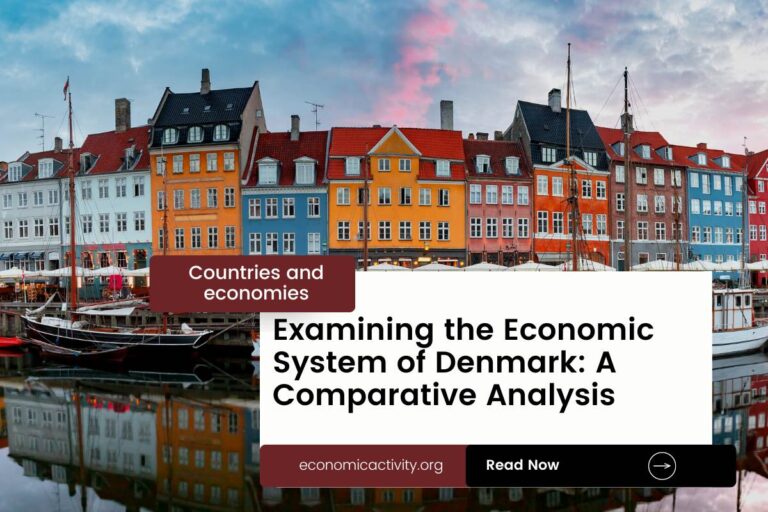Congo, Rep. is a country with a population of 5,970,424, ranking 108th globally, just behind El Salvador. Located in Central Africa, it spans 342,000 sq. km, ranking 63rd, slightly smaller than Germany.
The Republic of Congo’s economy in 2022 is positioned at a GDP of $15,816,996,654.58, ranking 128th globally. It follows Jamaica, with a GDP of $17,097,760,723.92. The GDP per capita for Congo in 2022 is $2,649.23, placing it at 138th worldwide.
It lags behind Bangladesh, with a GDP per capita of $2,688.31. Congo’s economic position reflects its ongoing efforts to strengthen and diversify its economy, with potential for further growth and development in the coming years.
What are the economic activities of Congo, Republic of the?
- Primary activities: 9.3% of GDP.
- Secondary activities: 51% of GDP.
- Tertiary activities: 39.7% of GDP.

Primary Sector of Congo, Republic of the
The primary sector of the Republic of Congo is predominantly focused on agricultural activities, taking advantage of its tropical climate and abundant natural resources. With 31.27% of the country’s land dedicated to agriculture, the main agricultural products include cassava, sugarcane, oil palm fruit, bananas, plantains, root vegetables, game meat, vegetables, mangoes/guavas, and fruits.
Despite agriculture contributing 9.3% to the GDP, it plays a crucial role in the country’s economy by providing a variety of crops and animal products. The diverse range of agricultural products not only sustains the local population but also contributes significantly to the country’s food security and employment opportunities.
With a rich geological diversity, the primary sector thrives in the country. Abundant in petroleum, timber, potash, lead, zinc, uranium, copper, phosphates, gold, magnesium, natural gas, and hydropower, these resources play a crucial role in driving the economy.
Secondary Sector of Congo, Republic of the
What is the secondary sector or what are secondary activities?
The secondary sector involves industries that transform raw materials from primary activities into finished products for consumption. In the Republic of the Congo, main industrial products include petroleum extraction, cement, lumber, brewing, sugar, palm oil, soap, flour, and cigarettes.
Manufactures in the total exports of the Republic of Congo are not significant, accounting for a minimal percentage in 2023 due to the country’s reliance on other sectors for economic output.
Tertiary sector of Congo, Republic of the
What is the tertiary sector or what are tertiary activities?
The tertiary sector in the Republic of Congo involves providing intangible services to enhance productivity and meet needs. Key activities include healthcare, education, banking, communication, tourism, transportation, and security services.
In particular, The tourism industry in the Republic of the Congo plays a vital role in its economy. With an annual influx of tourists, destinations like the Nouabalé-Ndoki National Park and the vibrant capital Brazzaville attract visitors, contributing to economic growth and employment opportunities. However, the ratio of tourist arrivals to the country’s population remains relatively low, highlighting potential for further development in this sector.
Another example of tertiary economic activity is the mobile cellular sector, with approximately 5.6 million subscriptions, equating to about 97 per 100 inhabitants. This connectivity fosters technological growth, enabling businesses and individuals to access information, communicate efficiently, and innovate, thereby enhancing overall economic development.
Military Activities and Economic Sectors of Congo, Republic of the
The military is a good example of many economic activities working together. In the primary sector, the military may use local resources for supplies. The secondary sector includes factories that make military equipment. The tertiary sector covers services like training and support. The quaternary sector involves research and development for new technologies. Lastly, the quinary sector includes high-level decisions about military strategy.
In the Republic of Congo, the military expenditure for 2023 is $284.7 million, which is 1.84% of the country’s GDP. The active military force has 10,000 personnel, resulting in 2.4 active military members per 1,000 people.
International Trade of Congo, Republic of the
Import Activities of Congo, Republic of the

The import activities of the Republic of Congo are of high importance, with imports accounting for 34.35% of its GDP in 2023.
The Republic of Congo’s major import partners include China, France, UAE, Belgium, and India. Key import commodities are poultry, garments, vaccines, ships, and fish, reflecting a diverse range of goods entering the country.
Exports Activities of Congo, Republic of the

In 2023, the Republic of Congo’s total exports reached $10.09 billion, accounting for 63.81% of its GDP. With exports playing a crucial role, it holds high importance in driving the country’s economic growth and stability.
The Republic of Congo primarily exports crude petroleum, refined copper, wood, tin ores, and rare earth ores. Its main export partners are China (39%), India (20%), UAE (15%), Italy (5%), and Vietnam (4%).
Congo, Republic of the economy challenges in 2024
Congo, Republic of the is facing economic challenges due to slow recovery from oil devaluation and the impact of COVID-19. Extreme poverty is on the rise, especially in rural areas. Efforts to implement CEMAC reforms are underway, but the country is at risk of debt default.



Leave a Reply